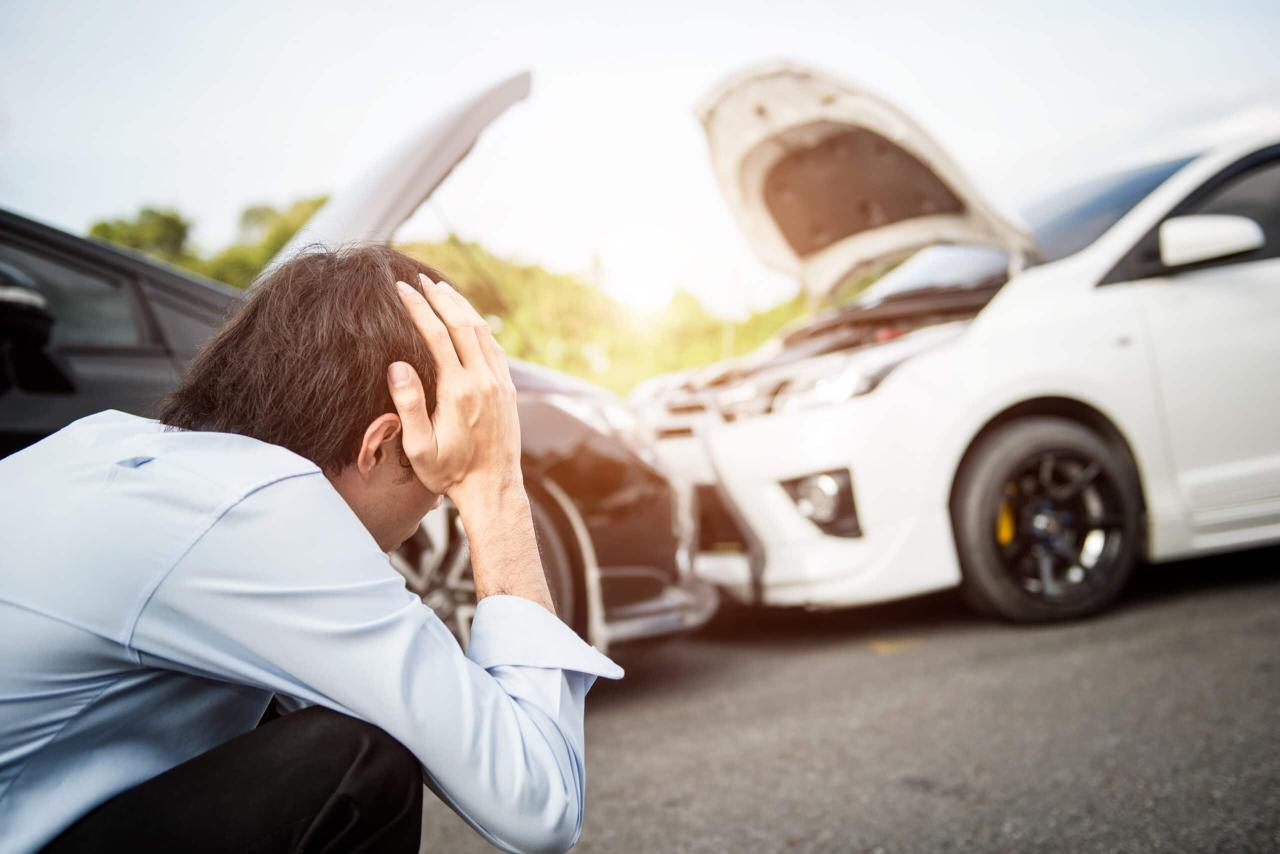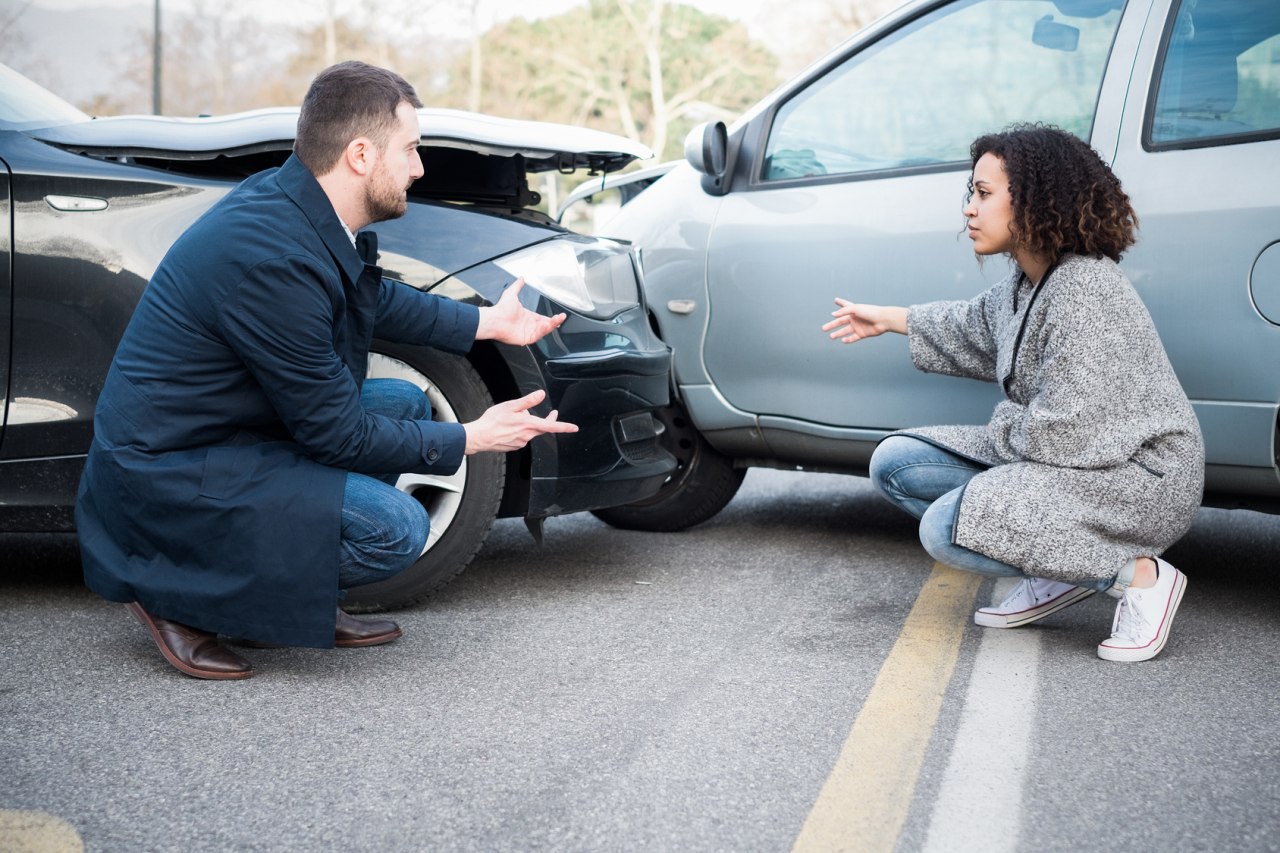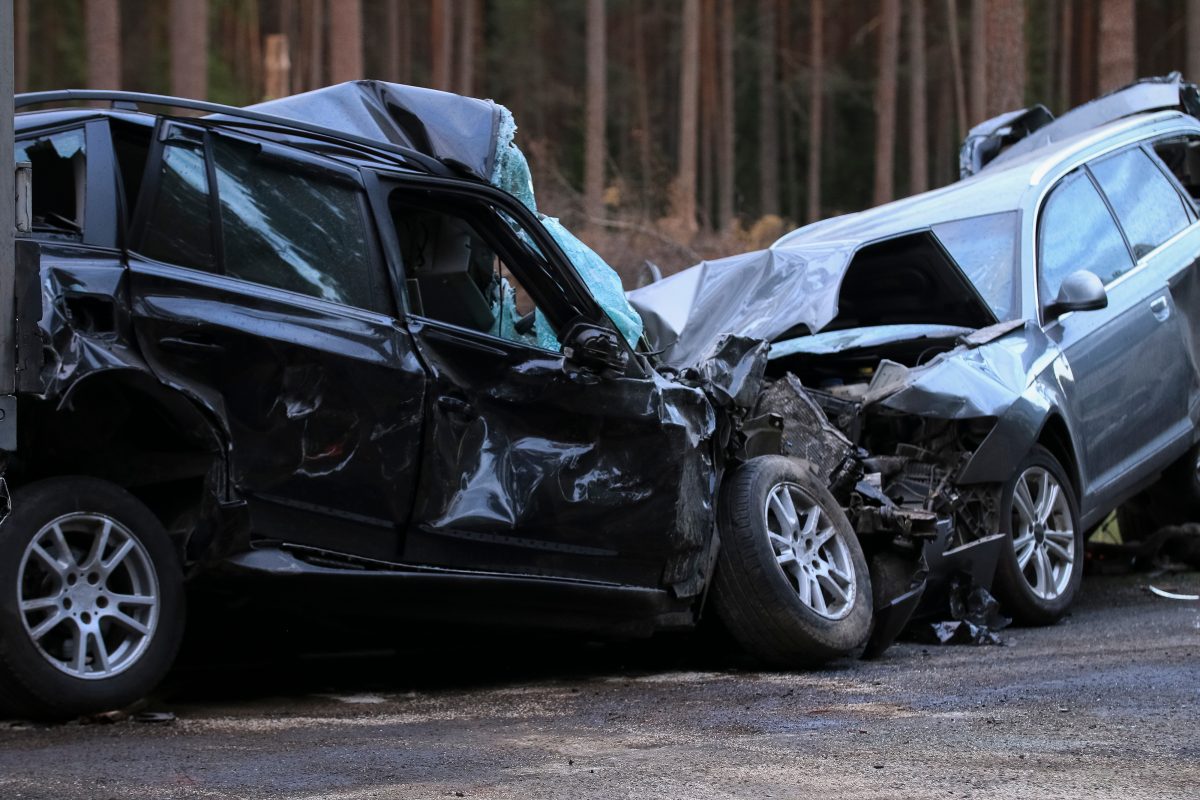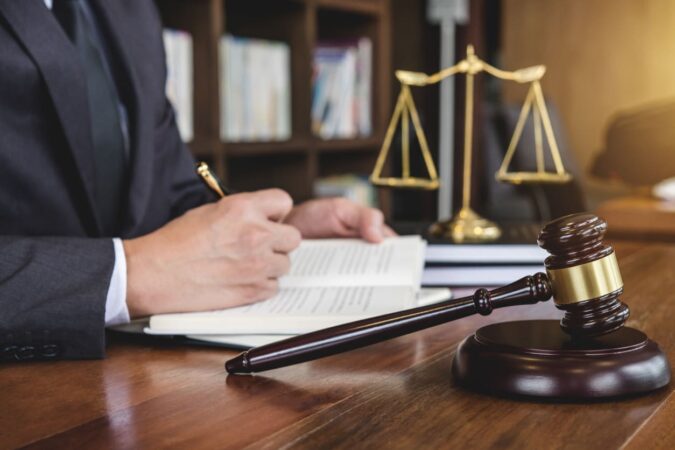
- Legal Representation for Texas Car Accident Victims
- Common Types of Car Accidents in Texas
- Determining Liability in Texas Car Accidents
- Statute of Limitations for Texas Car Accident Claims
- Negotiating and Settling Texas Car Accident Claims
- Trial Process for Texas Car Accident Cases
- Additional Resources for Texas Car Accident Victims
Legal Representation for Texas Car Accident Victims
Hiring a car accident lawyer in Texas is crucial for victims seeking justice and fair compensation. Legal representation provides several advantages, including:
– Expert Legal Guidance: Lawyers navigate complex legal processes, ensuring victims understand their rights and options.
– Stronger Negotiation Power: Lawyers possess the expertise to negotiate favorable settlements with insurance companies.
– Proven Success Rate: Studies show that victims with legal representation receive significantly higher settlements.
Statistics
– According to the Texas Department of Transportation, over 250,000 car accidents occur annually in the state.
– A study by the Insurance Research Council found that accident victims represented by lawyers receive an average of 30% more compensation than those without representation.
Case Study
In a recent case, a victim involved in a serious car accident suffered severe injuries. Without legal representation, the insurance company offered a settlement that did not cover all of her medical expenses. After hiring a lawyer, she successfully negotiated a settlement that covered all her expenses and provided additional compensation for pain and suffering.
Common Types of Car Accidents in Texas

Car accidents are a common occurrence in Texas, and understanding the different types can help victims navigate the legal process. The most frequent types include:
Rear-End Collisions
These occur when one vehicle crashes into the back of another. They are often caused by distracted driving, tailgating, or sudden stops. Legal challenges arise in determining fault and establishing negligence.
Head-On Collisions
Head-on collisions involve two vehicles colliding head-on. They are typically the most severe and can result in catastrophic injuries or fatalities. Proving fault is crucial due to the high impact and potential for multiple parties involved.
Sideswipe Accidents
Sideswipe accidents happen when two vehicles collide side-by-side. They can occur due to lane changes, merging, or parallel parking. Establishing fault is often difficult as both drivers may claim the other encroached on their lane.
T-Bone Accidents
T-bone accidents occur when one vehicle strikes the side of another, forming a “T” shape. These accidents can be particularly dangerous as they often involve high speeds and rollovers. Legal challenges arise in determining which driver had the right of way.
Rollover Accidents
Rollover accidents occur when a vehicle flips over. They can be caused by a variety of factors, including speeding, aggressive driving, or uneven road conditions. Establishing liability is complex due to the multiple potential causes.
Hit-and-Run Accidents
Hit-and-run accidents occur when a driver flees the scene after causing an accident. These accidents present unique legal challenges, as the at-fault driver is not present to provide their account or accept responsibility.
Determining Liability in Texas Car Accidents
In Texas, determining liability in car accidents involves assigning legal responsibility to the party or parties whose negligence caused the crash. Liability is crucial in determining compensation for damages and injuries sustained.
Several factors influence liability, including negligence, comparative fault, and specific accident circumstances. Negligence refers to a party’s failure to exercise reasonable care, resulting in harm to others. Comparative fault allows courts to apportion liability among multiple parties based on their respective degrees of negligence.
Examples of Liability Determination
- Rear-end collision: Typically, the rear driver is liable for negligence unless they can prove the front driver’s sudden stop or erratic driving caused the accident.
- Intersection accident: Liability depends on who had the right of way, failed to yield, or ran a red light.
- Left-turn accident: The driver making the left turn usually bears liability for failing to yield to oncoming traffic.
- Drunk driving accident: The intoxicated driver is almost always liable for damages caused by their impaired driving.
Statute of Limitations for Texas Car Accident Claims
Texas law imposes a two-year statute of limitations on personal injury claims, including those arising from car accidents. This means that an individual who has been injured in a car accident must file a lawsuit within two years of the date of the accident. Failure to file a lawsuit within this time frame can result in the loss of the right to pursue compensation for damages.
Exceptions and Extensions
There are a few exceptions to the two-year statute of limitations. For example, if the injured person is a minor, the statute of limitations does not begin to run until the minor reaches the age of 18. Additionally, the statute of limitations may be tolled (paused) if the injured person is mentally incompetent or if the defendant is out of state.
Negotiating and Settling Texas Car Accident Claims

Following a car accident in Texas, victims may negotiate and settle their claims with insurance companies to recover compensation for their injuries and damages. This process involves several steps and strategies.
Lawyers play a crucial role in negotiations, utilizing various tactics to secure favorable settlements for their clients. These include gathering evidence to support the claim, assessing the extent of injuries and damages, and evaluating the liability of the at-fault party. Additionally, lawyers may engage in mediation or arbitration to facilitate a settlement agreement.
Tips for Victims
Victims can enhance their chances of maximizing their recovery by:
- Seeking prompt medical attention to document injuries.
- Collecting evidence at the accident scene, including photos, witness statements, and police reports.
- Maintaining records of medical expenses, lost wages, and other related costs.
- Consulting with an experienced car accident lawyer who can provide guidance and representation.
- Preparing for negotiations by understanding the value of their claim and being realistic about settlement expectations.
Trial Process for Texas Car Accident Cases
The trial process for Texas car accident cases is a complex and lengthy procedure that can take several months or even years to complete. The process begins with the filing of a lawsuit by the plaintiff, who is the person who was injured in the accident. The lawsuit is then served on the defendant, who is the person or entity being sued.
Once the lawsuit has been served, the parties will begin the discovery process. During discovery, the parties will exchange information about the accident and their respective claims. This information may include witness statements, medical records, and photographs of the accident scene.
After discovery has been completed, the case will proceed to trial. The trial will be held before a judge and jury. The jury will hear evidence from both sides and then decide who is liable for the accident and what damages should be awarded to the plaintiff.
The trial process can be stressful and overwhelming for both the plaintiff and the defendant. However, it is important to remember that the trial is an opportunity for the parties to present their case and to seek justice.
Jury Selection
The first step in the trial process is jury selection. The jury will be composed of 12 people who are randomly selected from a pool of potential jurors. The parties will then have the opportunity to question the potential jurors and to challenge any jurors who they believe may be biased.
Opening Statements
Once the jury has been selected, the trial will begin with opening statements. During opening statements, the attorneys for both sides will present their case to the jury. The attorneys will tell the jury what they believe happened in the accident and what they believe the outcome of the trial should be.
Presentation of Evidence
After opening statements, the parties will present their evidence to the jury. The evidence may include witness testimony, medical records, and photographs of the accident scene. The parties will also have the opportunity to cross-examine the other side’s witnesses.
Closing Arguments
Once all of the evidence has been presented, the attorneys for both sides will give closing arguments. During closing arguments, the attorneys will summarize their case and ask the jury to find in their favor.
Jury Deliberations
After closing arguments, the jury will retire to deliberate. The jury will discuss the evidence and decide who is liable for the accident and what damages should be awarded to the plaintiff. The jury must reach a unanimous verdict in order to find in favor of the plaintiff.
Verdict
Once the jury has reached a verdict, it will be read aloud in court. The verdict will state who is liable for the accident and what damages the plaintiff is entitled to.
Additional Resources for Texas Car Accident Victims

Car accidents can be overwhelming and stressful experiences. In addition to physical and emotional trauma, victims may also face financial and legal challenges. Fortunately, there are a number of resources available to help Texas car accident victims navigate these challenges and get the support they need.
Support Groups
Support groups provide a safe and supportive environment for car accident victims to connect with others who have gone through similar experiences. These groups can offer emotional support, practical advice, and a sense of community. Some popular support groups for car accident victims in Texas include:
- Mothers Against Drunk Driving (MADD): MADD provides support and advocacy for victims of drunk driving accidents.
- The National Coalition for Victims of Crime (NCVC): NCVC offers a variety of resources for victims of crime, including car accidents.
- Texas Crime Victims’ Compensation Fund (CVCF): CVCF provides financial assistance to victims of violent crime, including car accidents.
Financial Assistance Programs
Financial assistance programs can help car accident victims cover medical expenses, lost wages, and other costs associated with their injuries. Some common financial assistance programs for car accident victims in Texas include:
- Texas Department of Insurance (TDI): TDI regulates the insurance industry in Texas and can provide information on insurance coverage and claims.
- Texas Health and Human Services (HHS): HHS provides a variety of health and human services programs, including financial assistance for low-income Texans.
- Texas Workforce Commission (TWC): TWC provides unemployment benefits and other financial assistance to Texans who have lost their jobs.
Legal Aid Organizations
Legal aid organizations provide free or low-cost legal assistance to low-income individuals. These organizations can help car accident victims file claims, negotiate settlements, and represent them in court. Some common legal aid organizations in Texas include:
- Texas Legal Services Center (TLSC): TLSC provides free legal assistance to low-income Texans in a variety of areas, including car accidents.
- Lone Star Legal Aid (LSLA): LSLA provides free legal assistance to low-income Texans in rural areas.
- Texas RioGrande Legal Aid (TRLA): TRLA provides free legal assistance to low-income Texans in the Rio Grande Valley.





